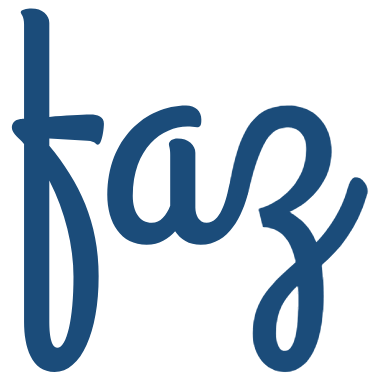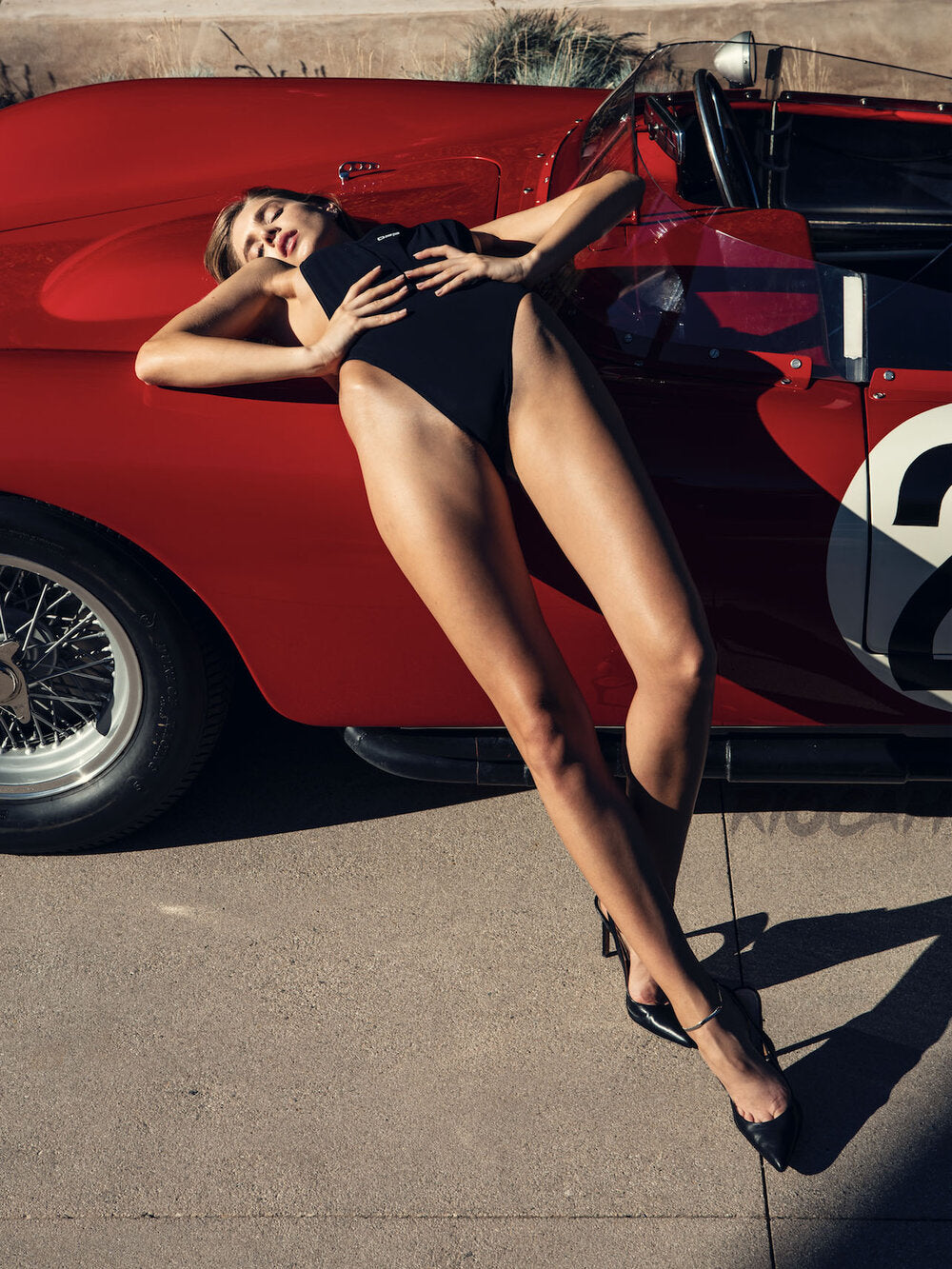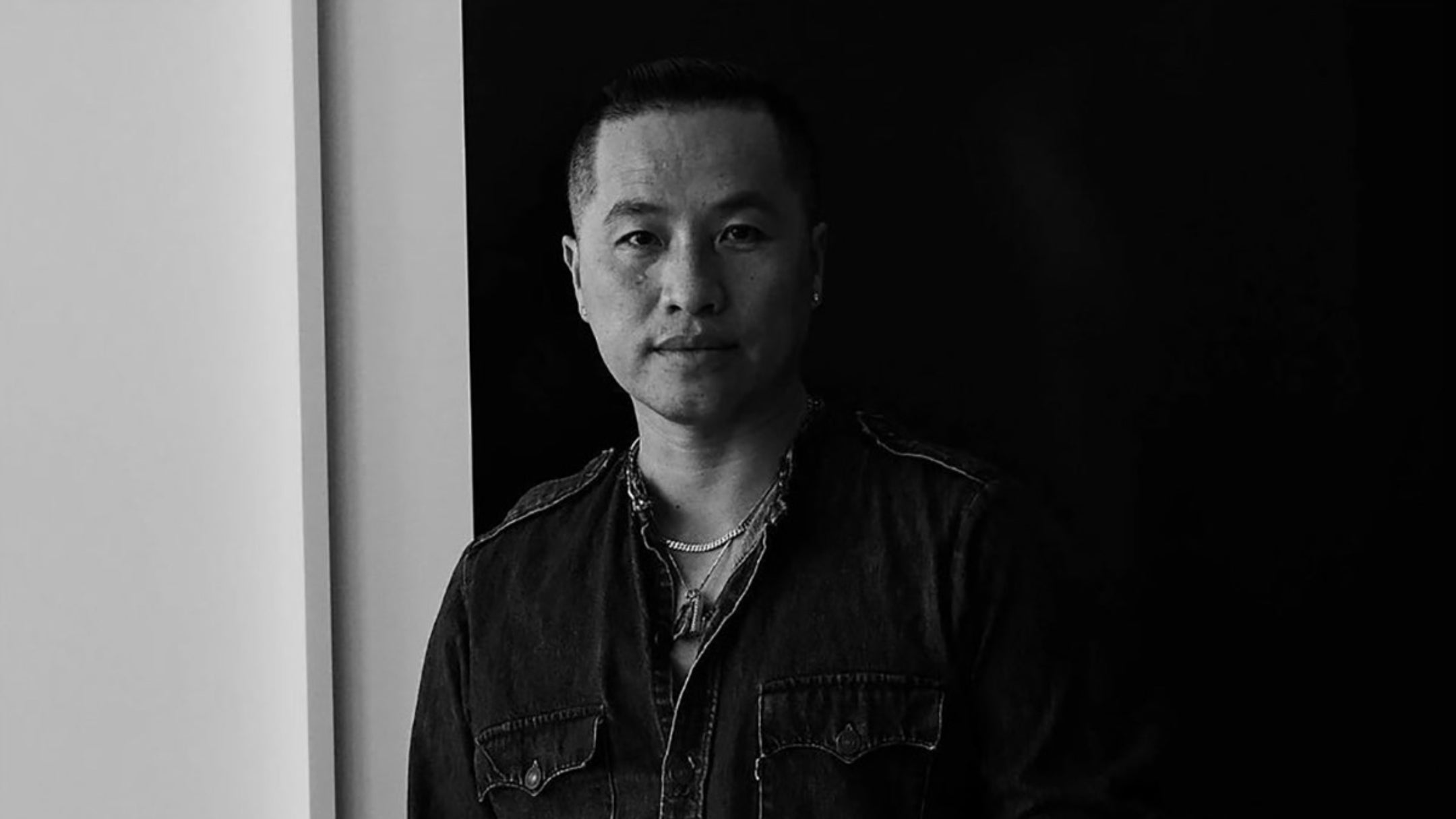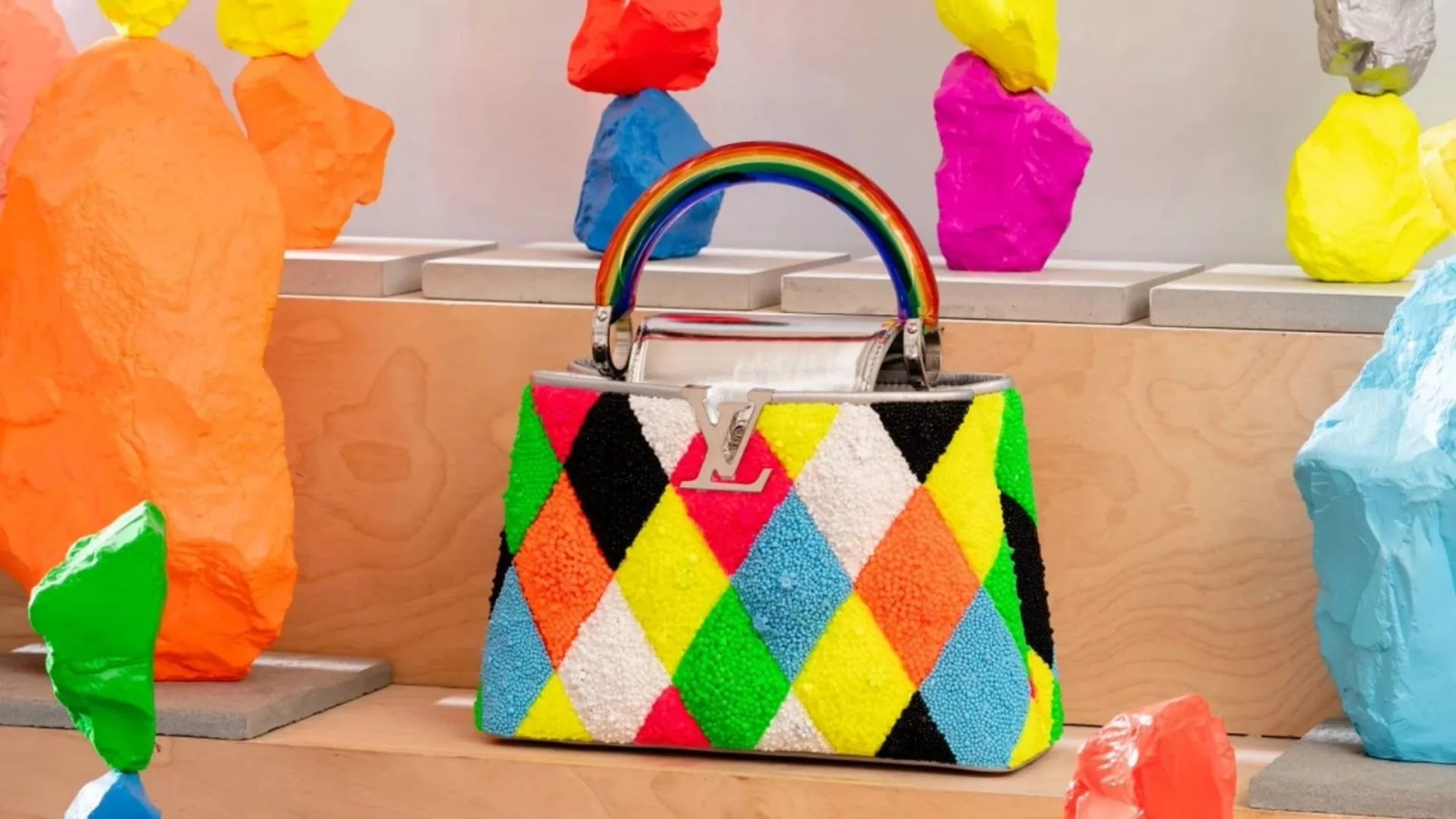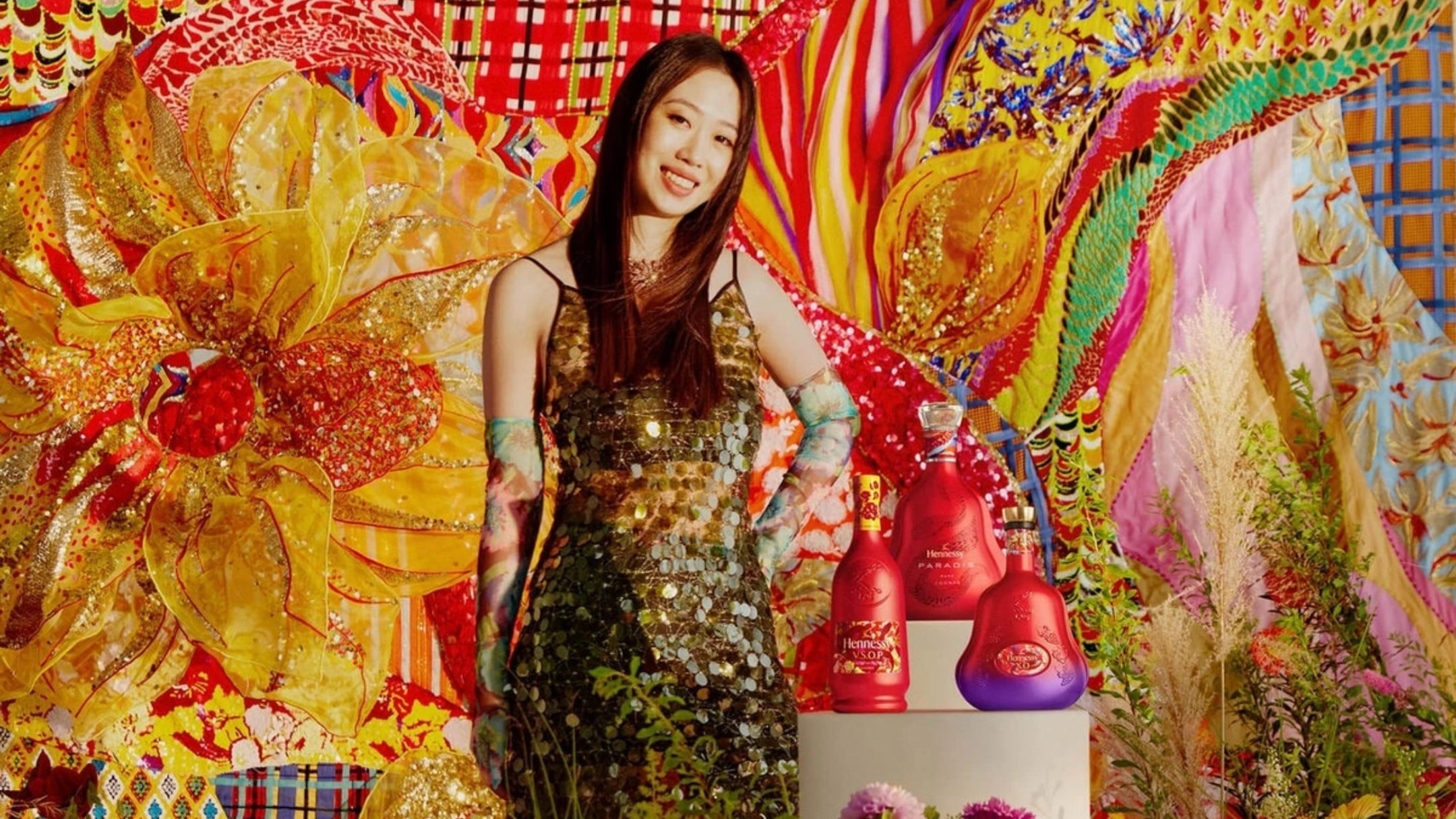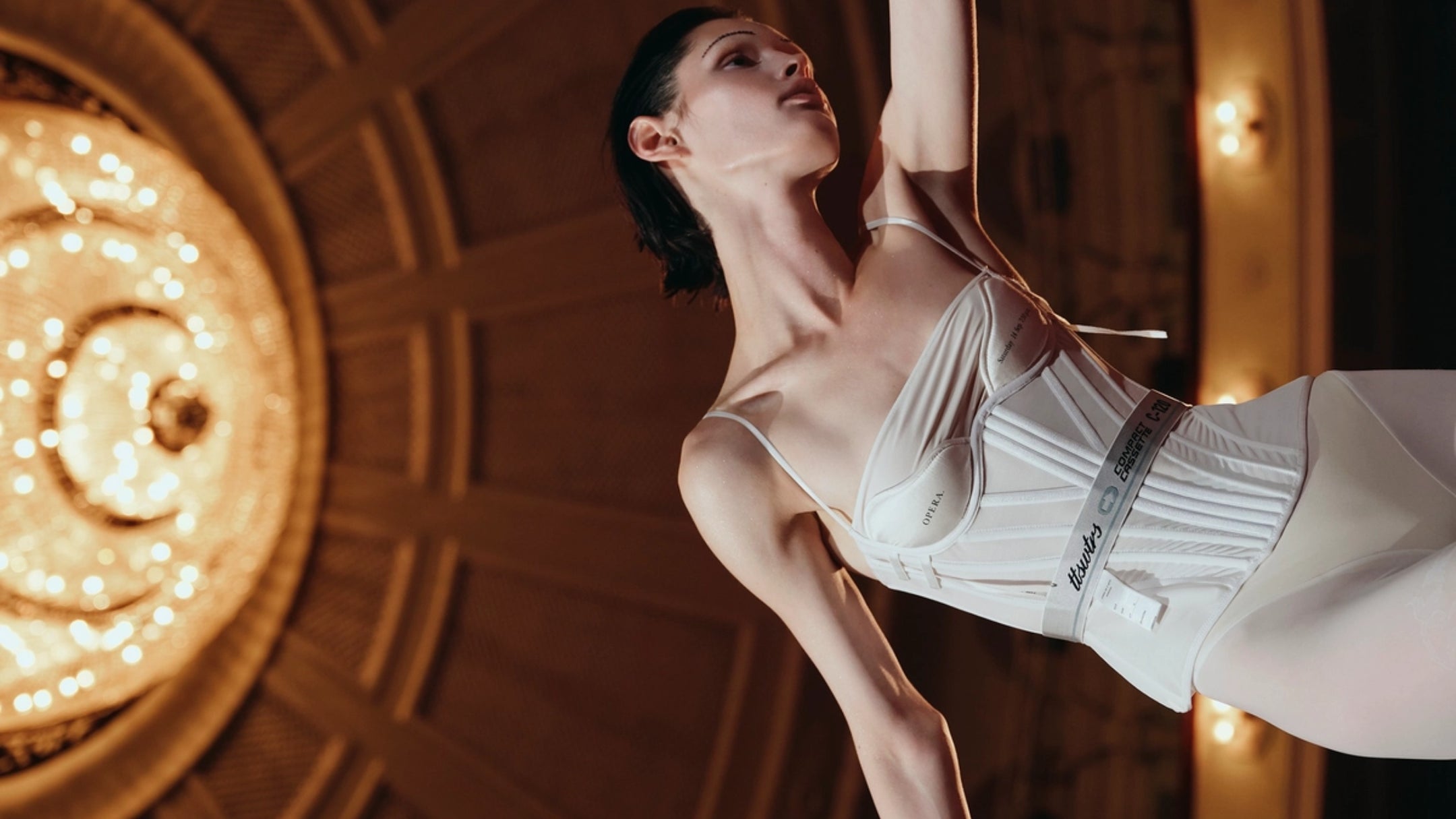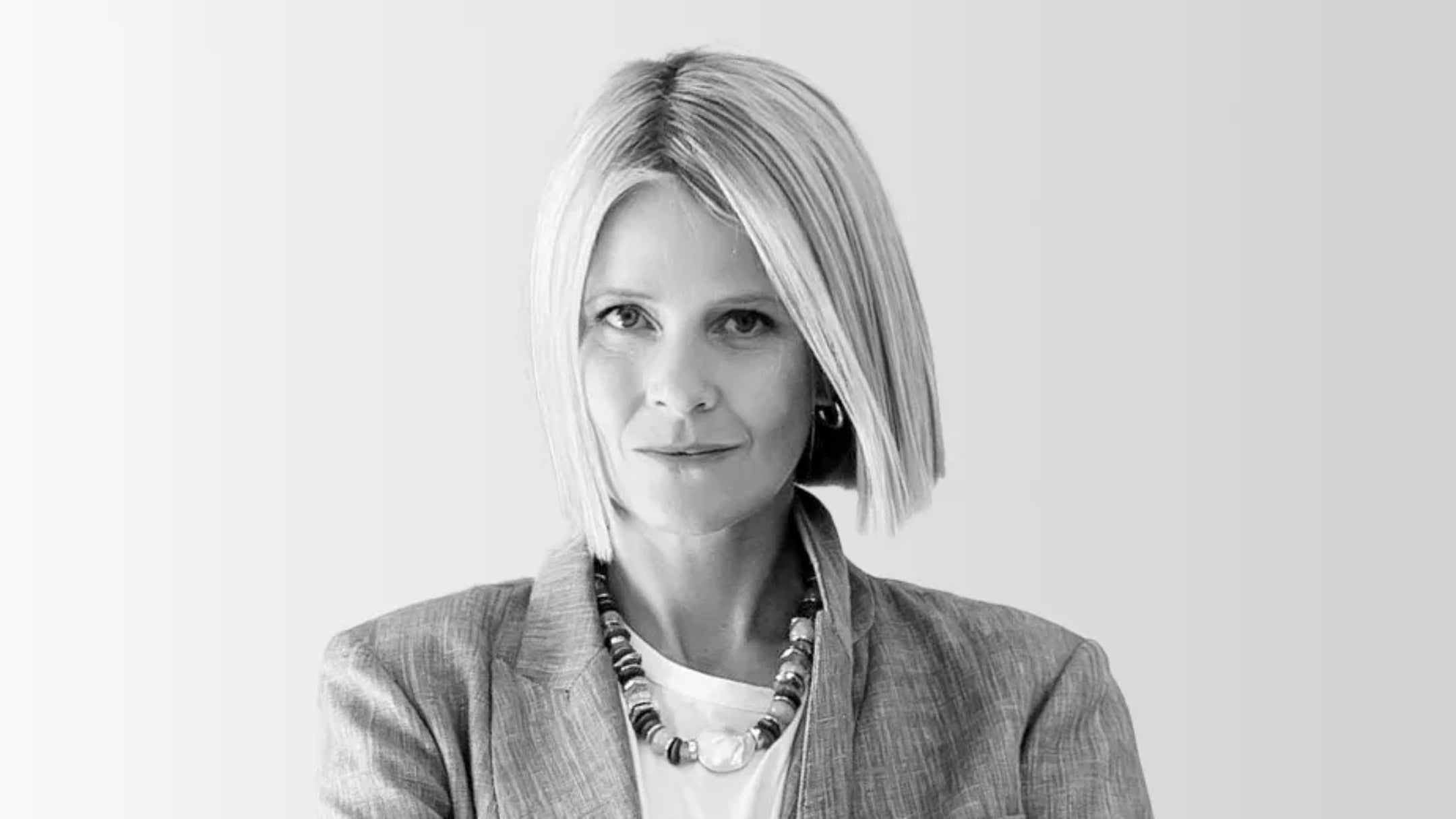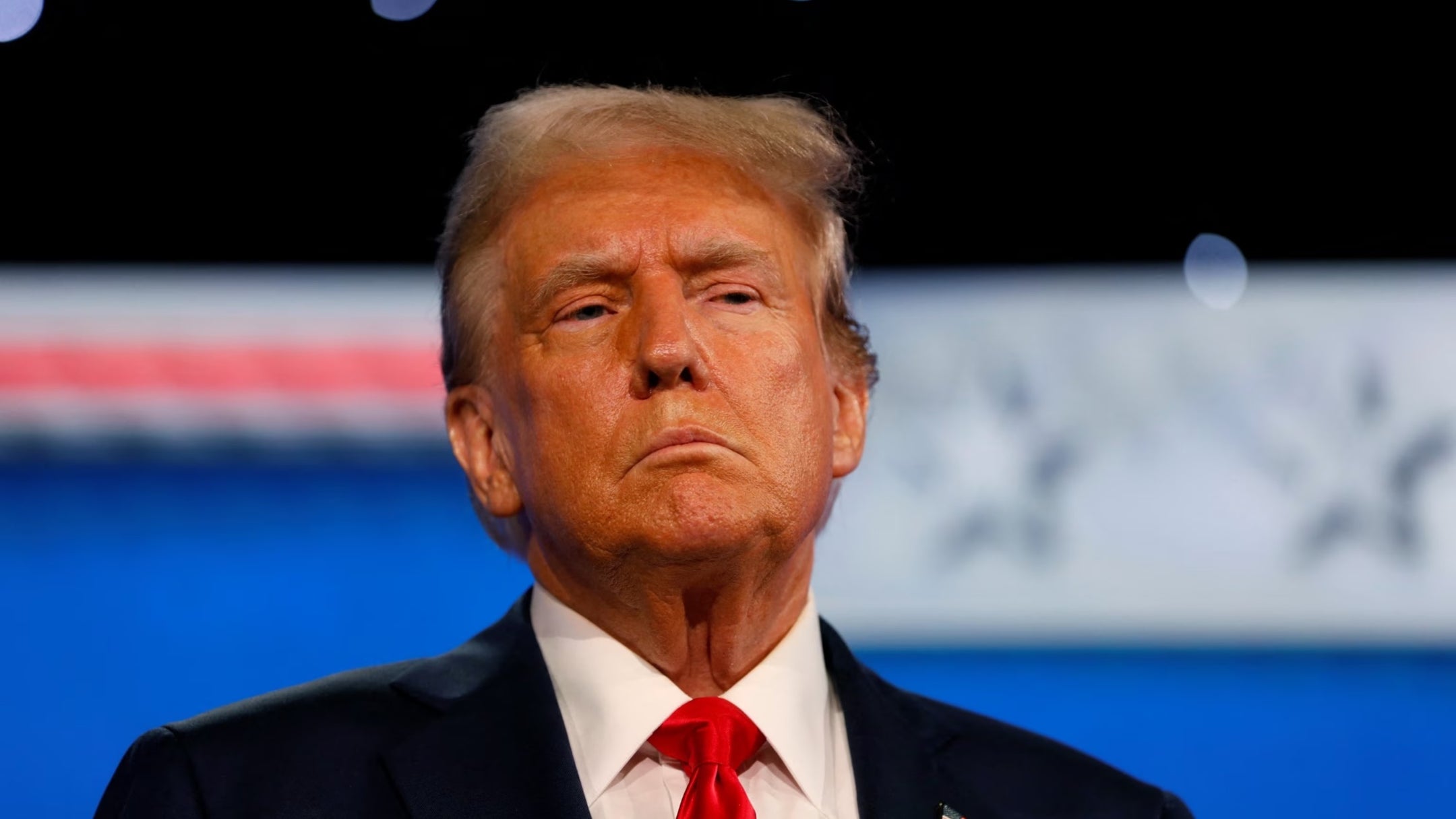After a three-year hiatus due to the Covid pandemic, the esteemed Museum of Fashion and Costume at Palazzo Pitti has reopened its doors, inviting visitors to explore the rich tapestry of fashion history and modern design. This reopening is not just a resumption of operations; it marks a significant milestone in the realm of fashion and culture.
A Glimpse into the Opulent Past and Present
The museum now houses twelve new rooms, showcasing over fifty outfits and a myriad of accessories. These pieces are not just clothing; they are historical artifacts that narrate stories of style, creativity, and societal shifts. From a Mariano Fortuny kimono, once adorned by Italian actress Eleonora Duse, to a Chanel 1920s flapper tunic, the museum offers a diverse array of fashion masterpieces. The collection includes Elsa Schiaparelli’s eveningwear, a Jean Paul Gaultier-styled black sheath for Madonna, and works by fashion legends Miuccia Prada, Giorgio Armani, and John Galliano.
The Fusion of Tradition and Contemporary Fashion
The renovation of these rooms, including the 19th-century ballroom, comes 40 years after the museum's initial foundation. This spring, the museum plans to unveil ten more rooms featuring aristocratic fashions from the 16th to the 19th century, alongside a hall dedicated to jewelry. This expansion not only celebrates the past but also bridges it with contemporary fashion, embodying the evolution of style over centuries.
A Legacy of Fashion and Culture
The Museum of Fashion and Costume's journey began on October 8, 1983, when it opened as the Galleria del Costume. This pioneering initiative, the first of its kind in Italy, was part of the reorganization of the Silver Museum. The gallery, under the leadership of Kirsten Aschengreen Piacenti, started with a significant collection from tailor and costume historian Umberto Tirelli. Over the years, the collection has expanded remarkably, receiving donations from renowned names like Emilio Pucci and Roberta di Camerino. Recently, under Eike Schmidt's directorship, the museum has shifted its focus to include more contemporary fashion, thanks to contributions from the Centro di Firenze per la Moda Italiana and Pitti Immagine.
An Invitation to Expand the Collection
At the inauguration, Eike Schmidt appealed to designers, actors, singers, influencers, and creators to contribute to this unique museum. This call to enrich the museum's collection signifies a commitment to not just preserve, but also to continually evolve the narrative of fashion and costume.
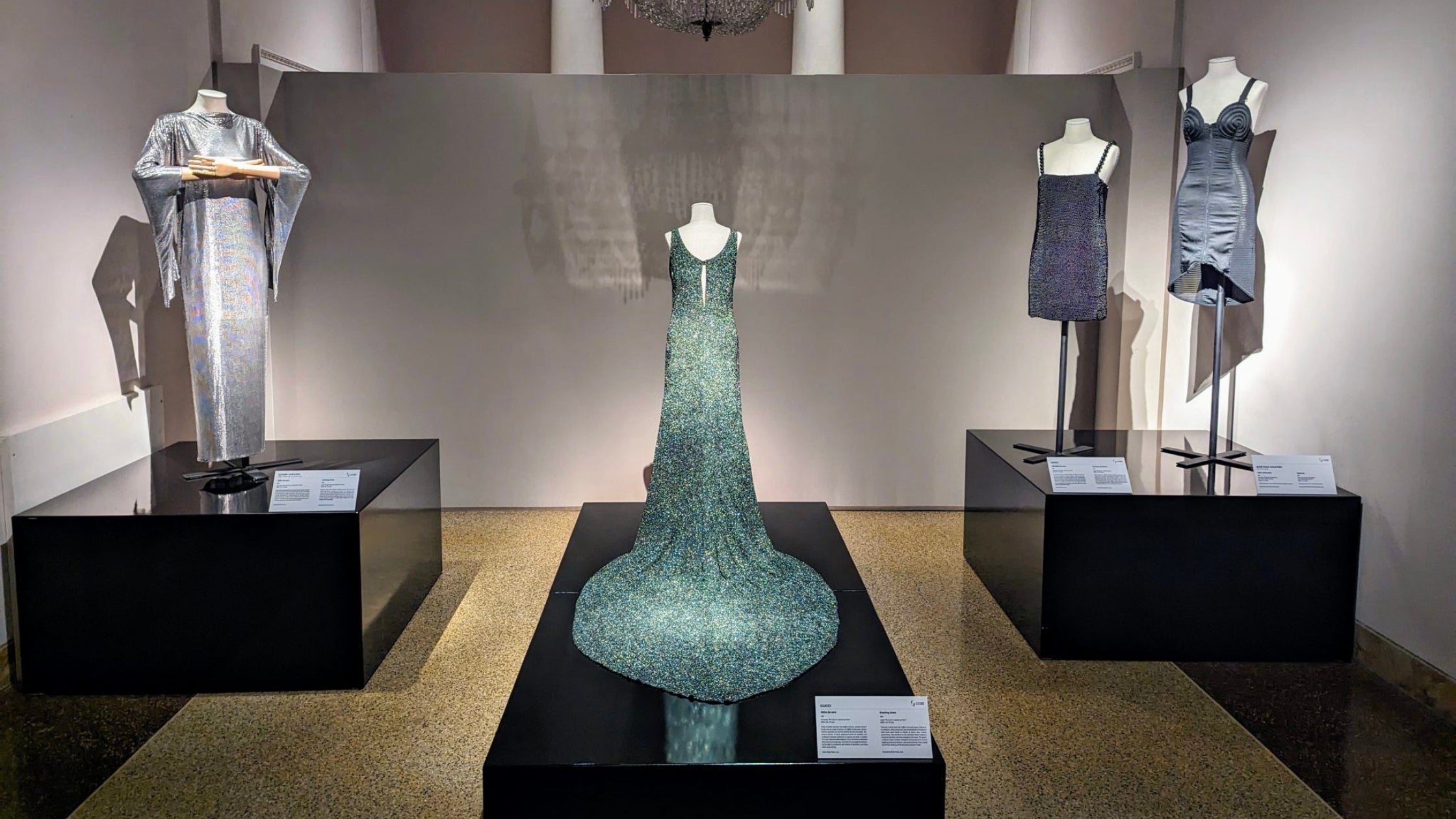
A Must-Visit for Fashion Aficionados
For those passionate about fashion, a visit to the Museum of Fashion and Costume at Palazzo Pitti is more than a tour; it's a journey through the annals of style and creativity. The museum not only displays fashion as an art form but also as a historical document that captures the essence of different eras. The reopening of the museum is a beacon for fashion enthusiasts, historians, and designers alike, offering a profound insight into the world of haute couture and the enduring legacy of fashion.
